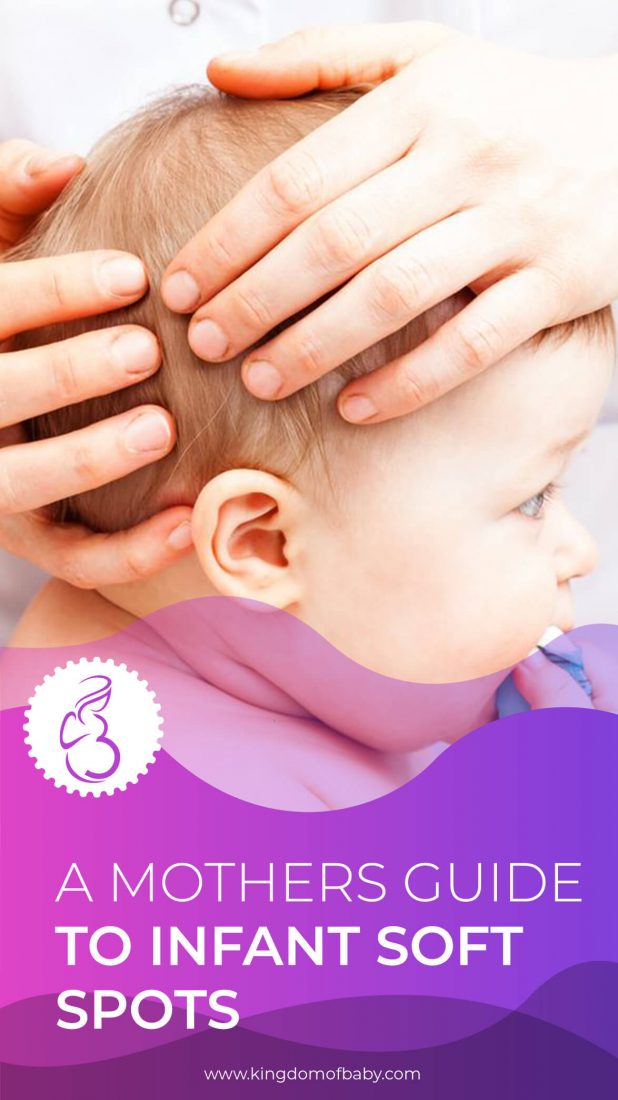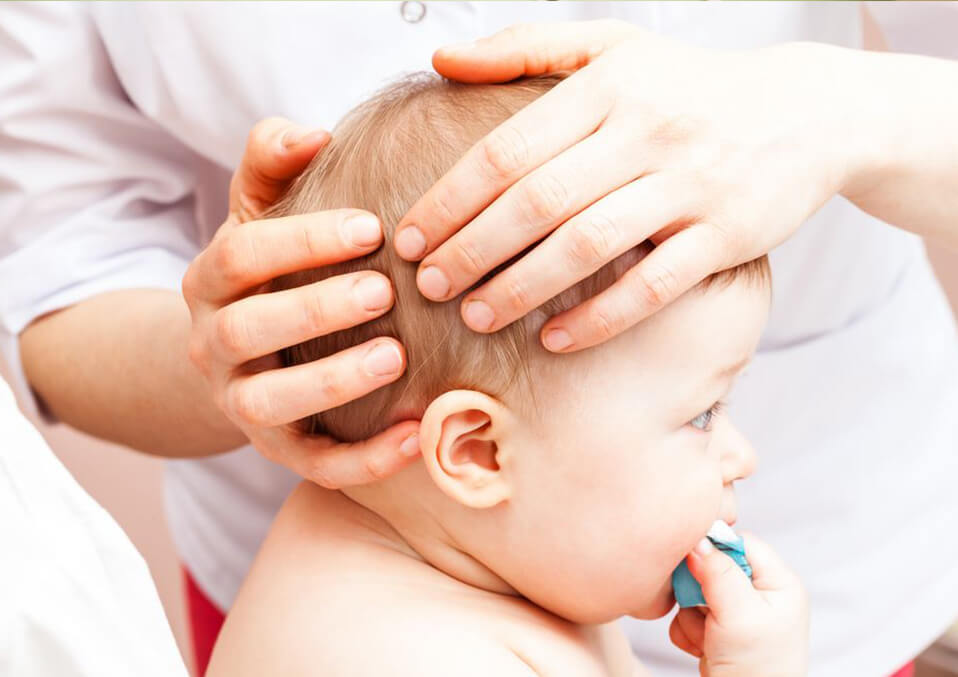
Touching the baby’s mild spot
Fondling the baby’s soft spots is safe and should not be a worry, even if you think that this delicate part of the baby’s body is vulnerable just remember how tough the baby’s body considering the body’s survival to the excruciating labor, soft spots are necessary and healthy.
Although it is reasonable that a mother should worry about these things because she cares about the well-being of the baby. After pregnancy, there are a lot of things a mother worries, her own nutrition, her lactation cycle, the baby’s hygiene and general well being and usually the baby’s soft spots located in their tiny heads usually become bothersome to a mother.
On the contrary, the old woman’s superstition that a mother should never touch her child’s soft spots is a cautionary myth that mothers shouldn’t take very seriously.
What is an infant’s soft spot?
The baby’s fontanels or soft spots as commonly known by many people is the thick non-penetrative barrier that acts as a protective shield of the baby’s head against any harmful outside forces.
Caressing the baby’s fontanels is generally safe and does no harm to the head of the baby regardless of how ‘soft’ the spot is when you touch it.
What is the importance of the baby’s soft spots?

During the time of childbearing, the baby’s spots can help in creating an easy way of going out of the birth canal.
The flexibility of the baby’s head is due to the number of soft spots present in the baby’s head and in return make the head more easy to come out of the birth canal
The soft spots located on the baby’s head also provides temporary space that is necessary and essential to the growth and development of the child’s brain and skull, after a year or two of skull development the fontanels usually disappear on their own as skull develops thicker into a mature and denser skull.
What are normal soft spots compared to sunken soft spots?
Normal soft spots should be relatively easy to consider as it is more firm and curved where it is visibly seen, sunken soft spots are inwardly depressed.
What are the possible causes of sunken spots?
Sunken spots can be troubling to a mother and usually, it is caused by Dehydration, kwashiorkor which is a condition where there is protein malnutrition, diabetics insipidus, and inflammatory bowel disease.
All of these complications are considered to be life-threatening to the baby and can be detrimental to the growth and development of the baby’s body.
When should I be worried about the baby spots and what to do?

Touching the spots is a great way to make sure that the baby is hydrated and getting most of the nutrients from breastfeeding.
Nonetheless, if the fontanels are visibly sunken the baby might be dehydrated or might have serious complications and there should be a number of correct protocols to consider to avoid the sunken fontanels.
- Talk with the doctor, if the sunken baby spots are visibly extreme and unpleasant to look at, always seek a doctor and never look for a DIY solution to cure the symptom, the baby’s well-being is the prioritized concern that should be taken seriously with medical intervention.
- Make sure you are getting enough nutrients from the foods you are eating, incorporate a lot of fruits, vegetables, low-fat protein, and essential oils to make your breast milk more nutrient-dense
- Try to consider incorporating foods that incorporate healthy lactation, foods such as lactation cookies, garlic, sesame seeds, flaxseeds, and spirulina can help increase the nutrients and supply of your milk
Read also:
- Your baby’s first smile
- How long should you let your baby cry
- What you should know about your baby’s cheeks


